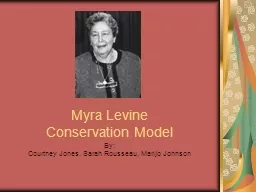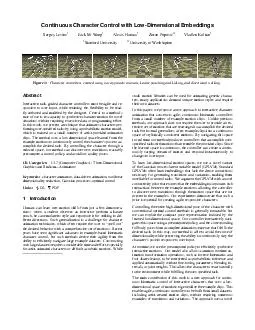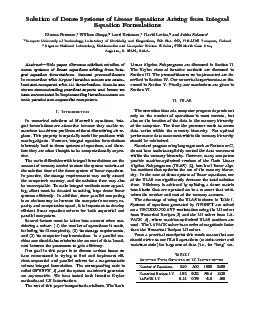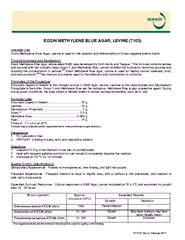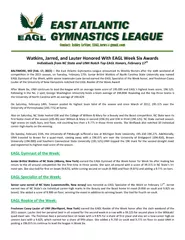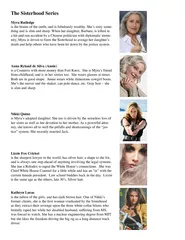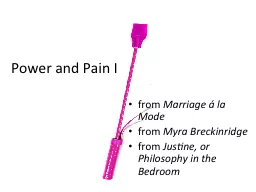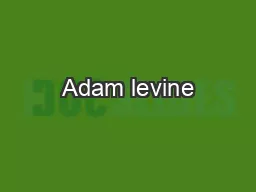PPT-Myra Levine
Author : trish-goza | Published Date : 2016-06-07
Conservation Model By Courtney Jones Sarah Rousseau Marijo Johnson Historical Evolution of Model Although she never intended to develop theory she provided an organizational
Presentation Embed Code
Download Presentation
Download Presentation The PPT/PDF document "Myra Levine" is the property of its rightful owner. Permission is granted to download and print the materials on this website for personal, non-commercial use only, and to display it on your personal computer provided you do not modify the materials and that you retain all copyright notices contained in the materials. By downloading content from our website, you accept the terms of this agreement.
Myra Levine: Transcript
Download Rules Of Document
"Myra Levine"The content belongs to its owner. You may download and print it for personal use, without modification, and keep all copyright notices. By downloading, you agree to these terms.
Related Documents

